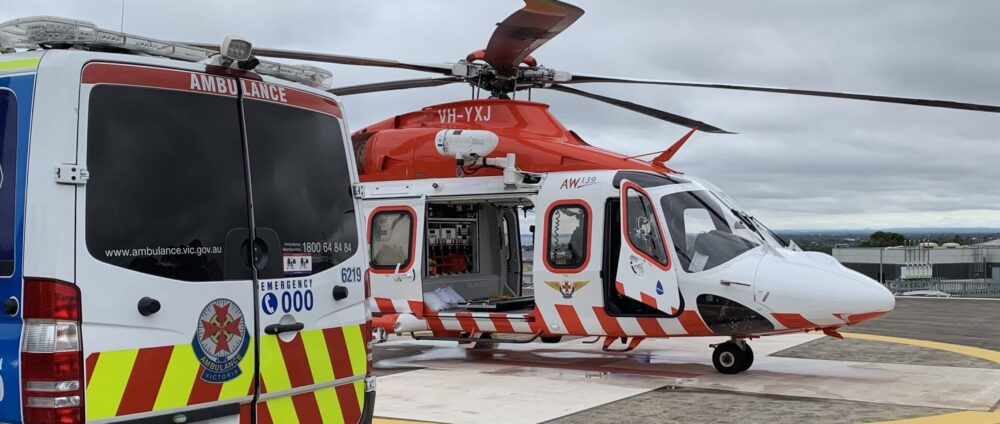Here’s an article for all our surge workers and graduate paramedics out there! In Ambulance Victoria, metropolitan vehicles are fitted with a mobile data terminal (MDT) which relays relevant case information and allows the crew to update their status without crowding the radio airwaves. Utilizing the MDT is a skill you learn on road, so this short primer will give you a heads up before you start!
Physical Set-up
The MDT is a touch screen installed in the console of the vehicle. It has adjustable brightness and volume, as well as day/night mode (to avoid blinding you whilst you drive!). It also has soft touch buttons along the bottom which allow you to update your status. A stylus comes supplied but these are often lost – using your finger is easiest!

What information is supplied?
The MDT will relay all the information that is given by the dispatcher and is also on your page. Information includes:
- Case address, including cross streets
- Time of call
- Time of dispatch
- Case nature (chest pain, stroke, sick person etc)
- Dispatch code
- Information provided by the caller. The first thing written after problem is usually the first thing the caller says to Triple Zero (000). Eg. “PROBLEM – CAN’T SLEEP, SOB”
- Any further information, such as SITREPs from other resources on scene, call backs from REFCOMM or information from police/firies

What can we do with the MDT?
Update your status during the job. Each job has the following statuses:
- EN – “en route”. You are on your way to the scene, Code 1 (lights and sirens)
- EN2 – “en route 2”. You’re on your way, driving Code 2 or below (normal driving)
- ARR – “arrived”. You’ve arrived at scene.
- LDD – “loaded”. You have the patient in the vehicle and you are intending to move to hospital.
- DST – “at destination”. You’ve arrived at hospital.
- CLR – “clear”. You’ve off stretchered, handed over and completed paperwork. You’re about to leave hospital and ready to respond to the next case.
What information do I need to provide for the Loaded status?
Once you push ‘LDD’, the screen will prompt you for more information
- Hospital destination (the busiest are listed at the top, followed by alphabetically)
- Transport Code, including additional info
- Sig 1
- Sig 1 Stroke
- Sig 1 Trauma
- Sig 2
- Sig 2 Suspected COVID
- Sig 2 Monitor Required
- Sig 3
- Sig 3 Chair
- Sig 3 Ward Admit
- Number of patients
What else can we do with the MDT?
Set your status to let dispatch know how best to contact you.
- Available Mobile – you’re in the car, so when you get a job they won’t call your radios
- At Base – you’re at a branch, so when you get a job you’re radio will make a noise
- SELCALL/Pager – you’re not at branch, but out and about away from the vehicle (maybe getting a coffee). This status means that you will get a radio call and page for a job
- Meal Break – you’re on echo, and this places you on a meal break warning for 30 minutes
You can look up the history related to that vehicle – this is really handy if you need to check your case times.
There’s now an option to update your log in details – these include the service numbers of the paramedics working on the truck
Probably most importantly, you can use the MDT to map your route to the job or to hospital!
Bottom Line
The mobile data terminal is one of the most useful bits of equipment we have. It makes the logistics of getting to and from jobs significantly easier, and provides a large array of useful information. Mastering the MDT is simple but essential to being an effective paramedic.
